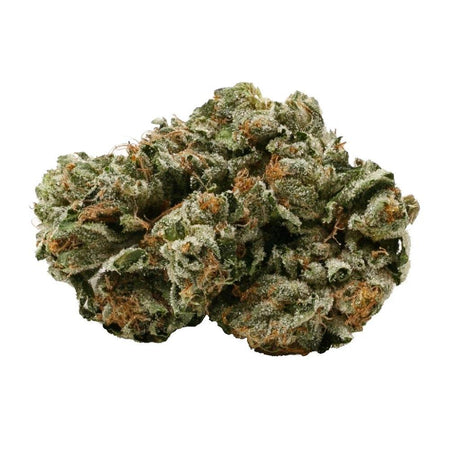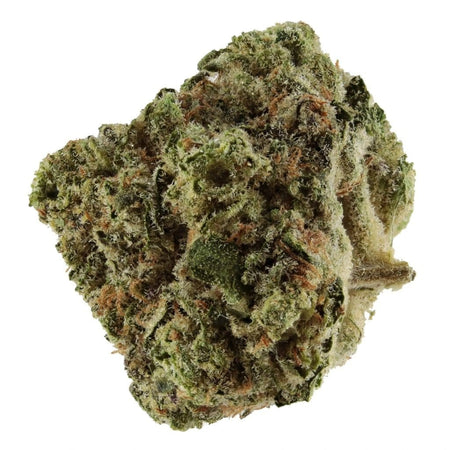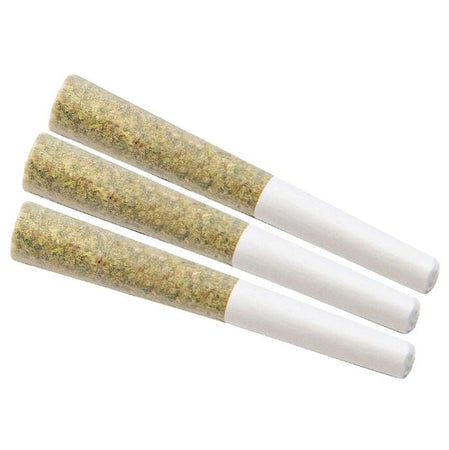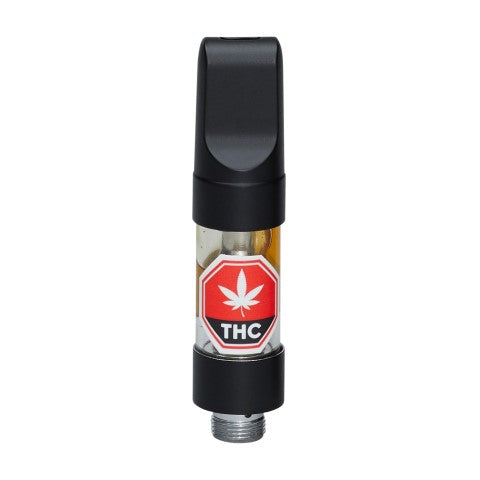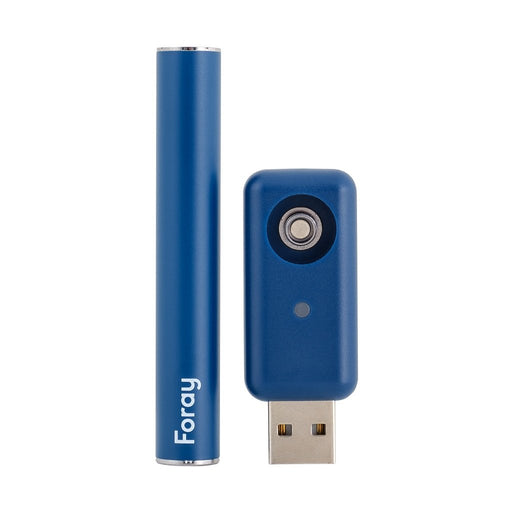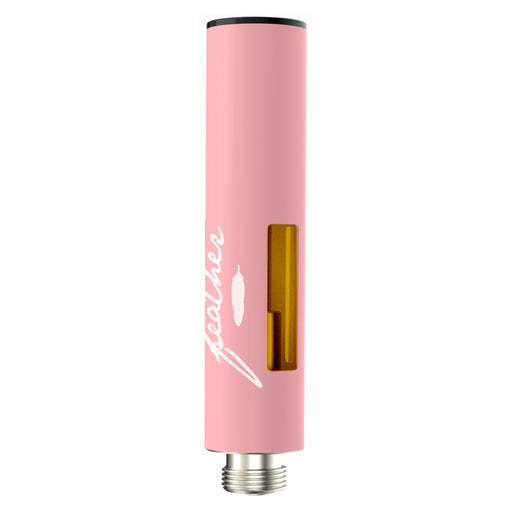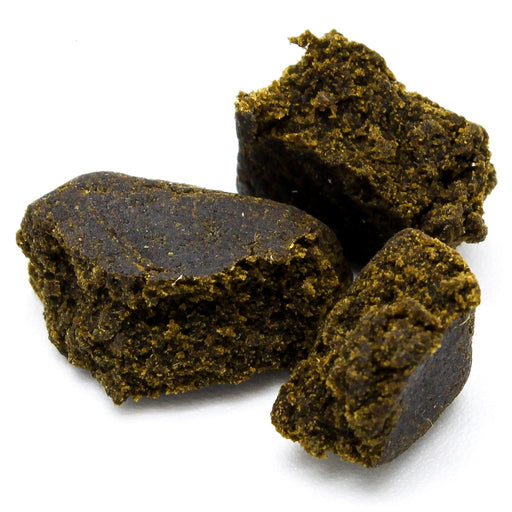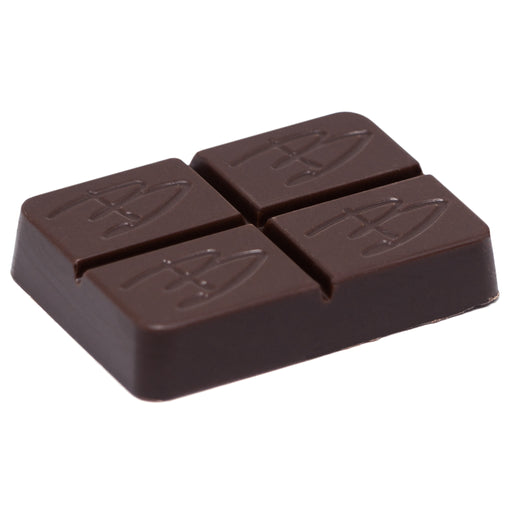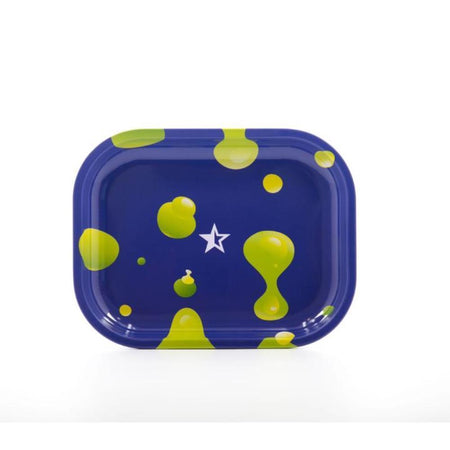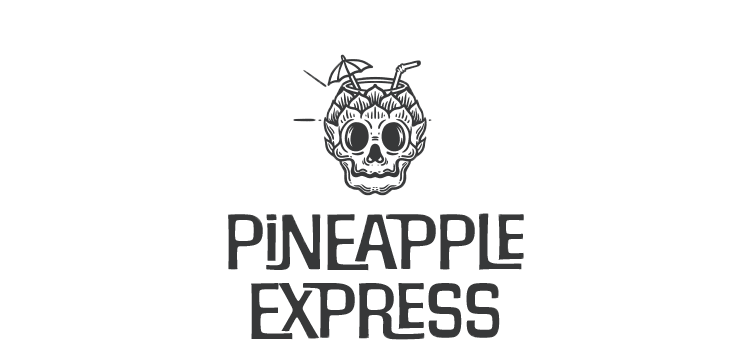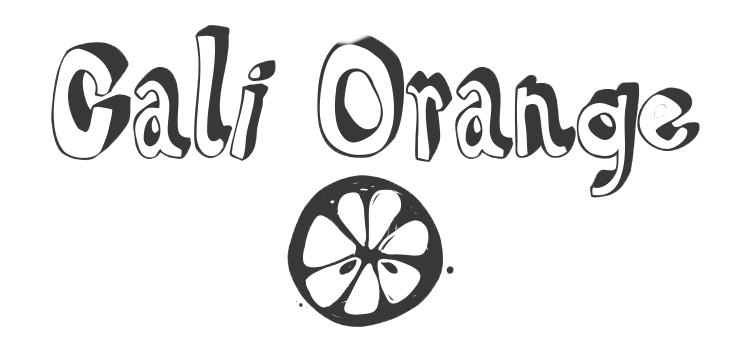Introduction to Wyld Edibles
Wyld edibles, commonly referred to as wild edibles, comprise an array of naturally occurring plants, fruits, and mushrooms that can be safely consumed. Foraging for wyld edibles is a practice deeply rooted in human history, offering a connection to our ancestors who relied on nature’s bounty for sustenance. In recent years, there has been a notable resurgence in foraging as part of modern culinary practices, driven by an increased interest in sustainable and organic food sources.
The nutritional benefits of consuming wyld edibles are substantial. These natural foods are often rich in vitamins, minerals, and antioxidants, contributing to a healthy and balanced diet. For instance, wild berries such as blueberries and raspberries are packed with vitamin C and fiber, while edible greens like dandelion leaves provide essential nutrients like calcium and iron. Additionally, mushrooms such as chanterelles and morels are highly prized not only for their unique flavors but also for their nutritional content, including proteins and various micronutrients.
Foraging for wyld edibles also offers significant environmental benefits. By sourcing food directly from the wild, foragers reduce their dependence on commercially grown produce, which often involves extensive use of pesticides and fertilizers. This practice supports biodiversity and helps maintain ecological balance. Moreover, foraging encourages a deeper appreciation and understanding of local ecosystems, fostering a sense of stewardship towards nature.
However, foraging for wyld edibles requires a comprehensive understanding of proper identification and sustainable harvesting practices. Many wild plants and mushrooms have toxic look-alikes, making accurate identification crucial to avoid potential health risks. Foragers must also be mindful of sustainable practices, ensuring that they do not overharvest and disrupt the natural habitat. Knowledgeable foraging not only ensures personal safety but also promotes the long-term health of wild populations, allowing future generations to enjoy nature’s bounty.
Popular Wyld Edibles and Their Uses
Exploring Wyld Edibles opens up a world of culinary and medicinal possibilities. Among the most popular foraged plants are dandelions, nettles, wild garlic, elderberries, blackberries, chanterelles, and morels. Understanding their characteristics and habitats is essential for safe and successful foraging.
Dandelions (Taraxacum officinale) are incredibly versatile. Found in lawns and meadows, every part of this plant is edible. The leaves can be used in salads, the flowers can be made into wine, and the roots can be roasted for a caffeine-free coffee substitute. Dandelions are rich in vitamins A, C, and K, as well as minerals like iron and calcium.
Nettles (Urtica dioica) are best known for their sting, but once cooked, they become a nutritious green vegetable. Found in damp, nutrient-rich soils, nettles are best harvested in spring. They are high in iron and can be used in soups, teas, and as a spinach substitute. Always wear gloves when handling raw nettles.
Wild garlic (Allium ursinum) thrives in shaded woodlands. Its leaves are identifiable by their garlic scent and are best harvested in spring before the plant flowers. Wild garlic can be used in pestos, soups, and salads, offering a milder flavor than cultivated garlic.
Elderberries (Sambucus nigra) are small, dark berries found on elder trees. They ripen in late summer and are known for their immune-boosting properties. Elderberries are used in syrups, jams, and wines, but should be cooked to remove any toxins.
Blackberries (Rubus fruticosus) are a favorite summer fruit, growing in hedgerows and woodlands. They are packed with vitamins C and K and can be eaten fresh or used in desserts, jams, and wines.
Chanterelles (Cantharellus cibarius) are prized mushrooms found in mossy forests. They have a distinctive golden color and a fruity aroma. Chanterelles are best sautéed in butter to enhance their flavor and are rich in vitamin D.
Morels (Morchella spp.) are another sought-after mushroom, recognizable by their honeycomb appearance. Found in woodlands during spring, morels should be cooked thoroughly to neutralize any toxins. They offer a nutty, earthy flavor and are excellent in risottos and sauces.
Incorporating wyld edibles into your diet not only diversifies your palate but also connects you with nature. Foragers and chefs alike celebrate these ingredients for their unique flavors and nutritional benefits. As chef René Redzepi once said, “Foraging is like treasure hunting; it brings a sense of adventure and discovery to cooking.”
